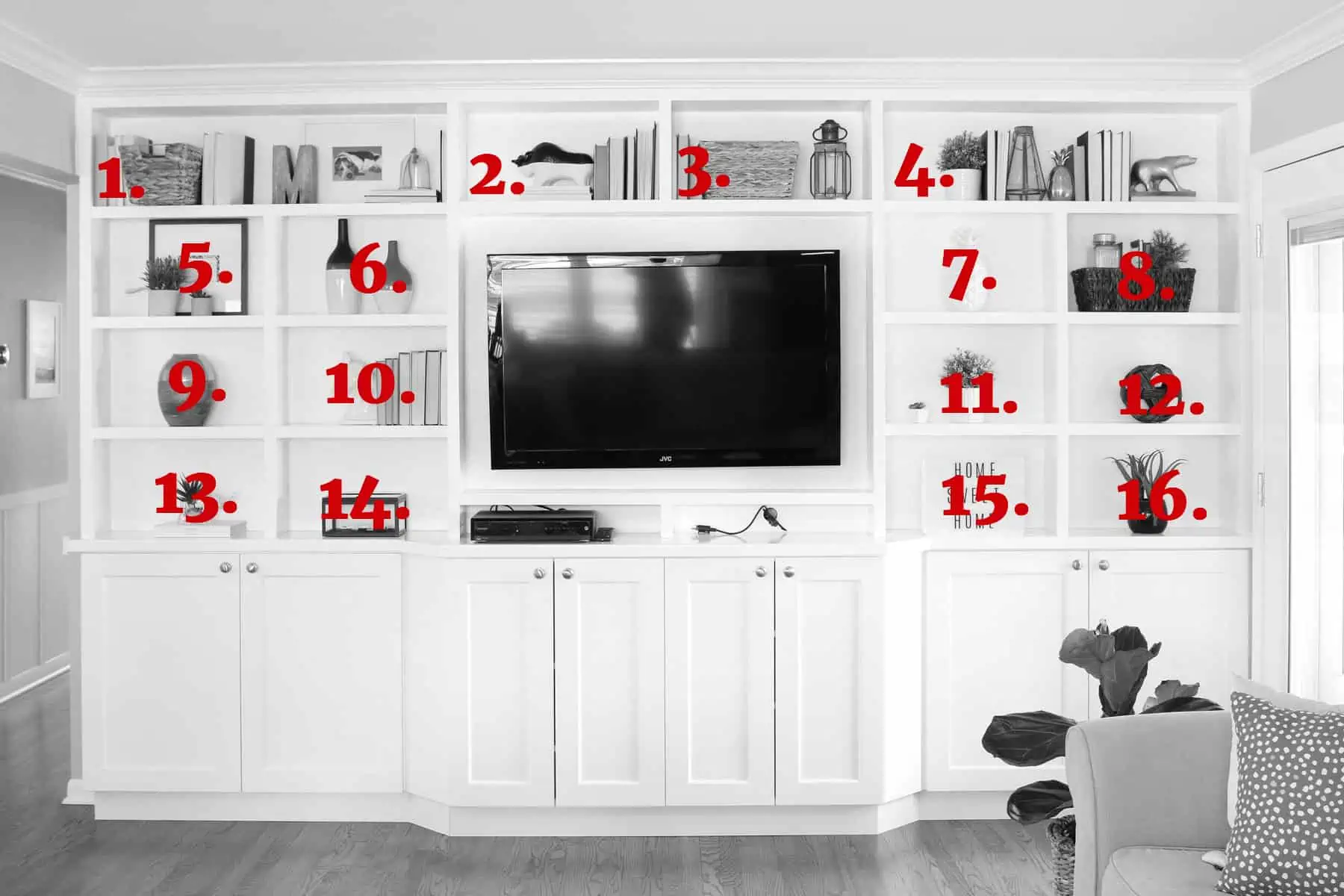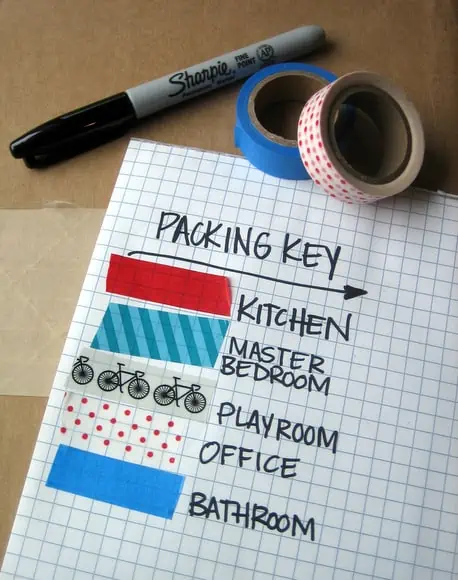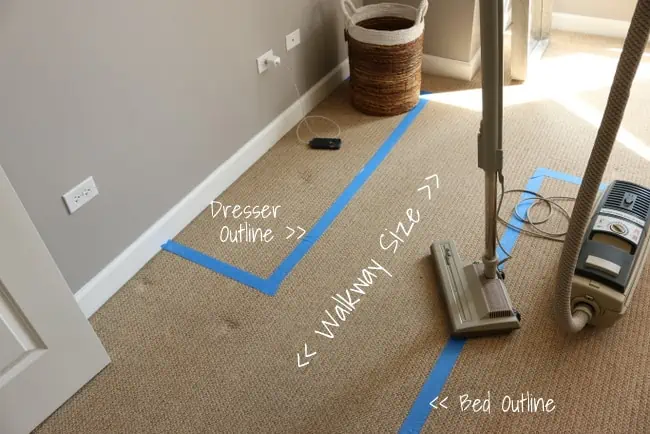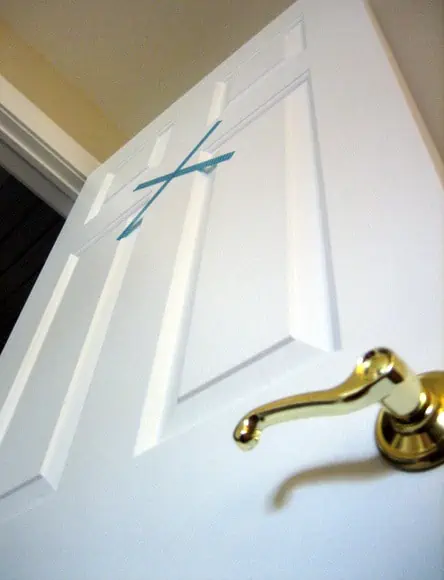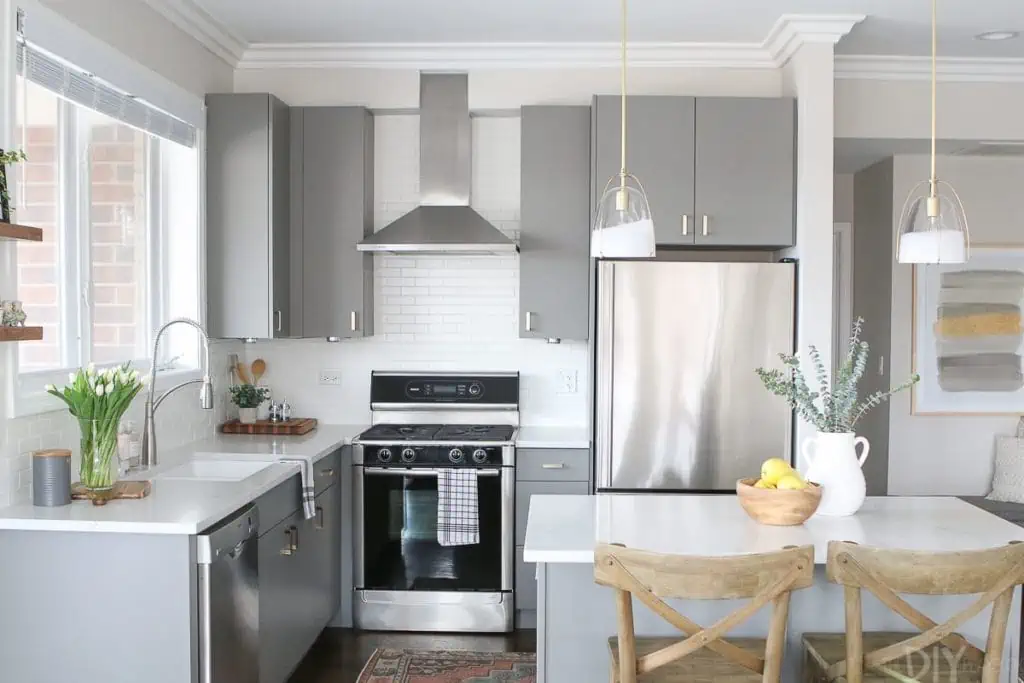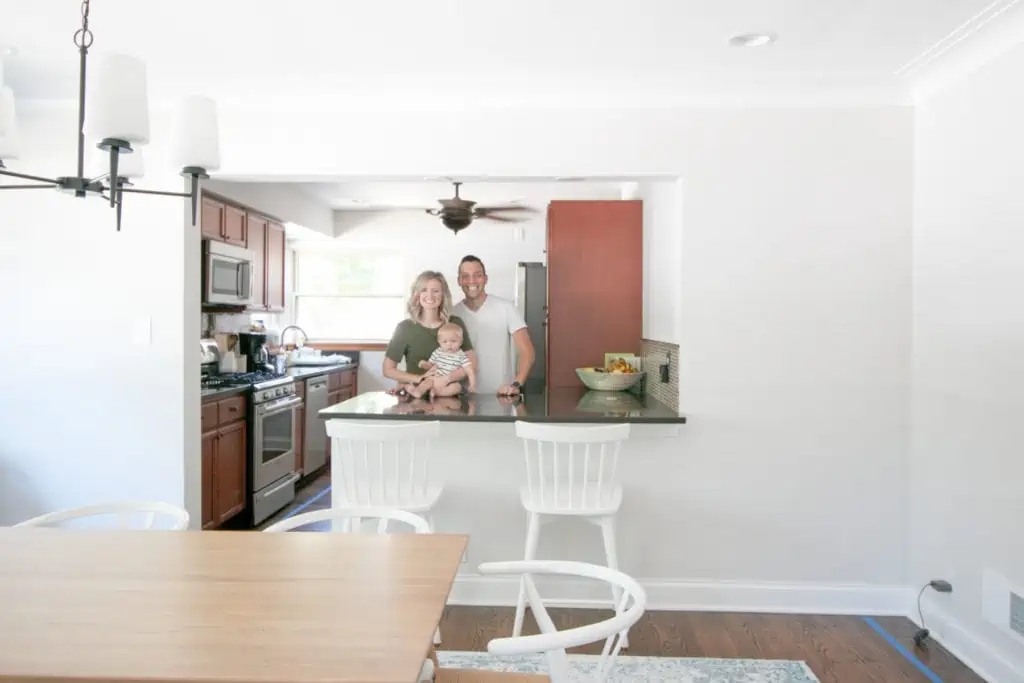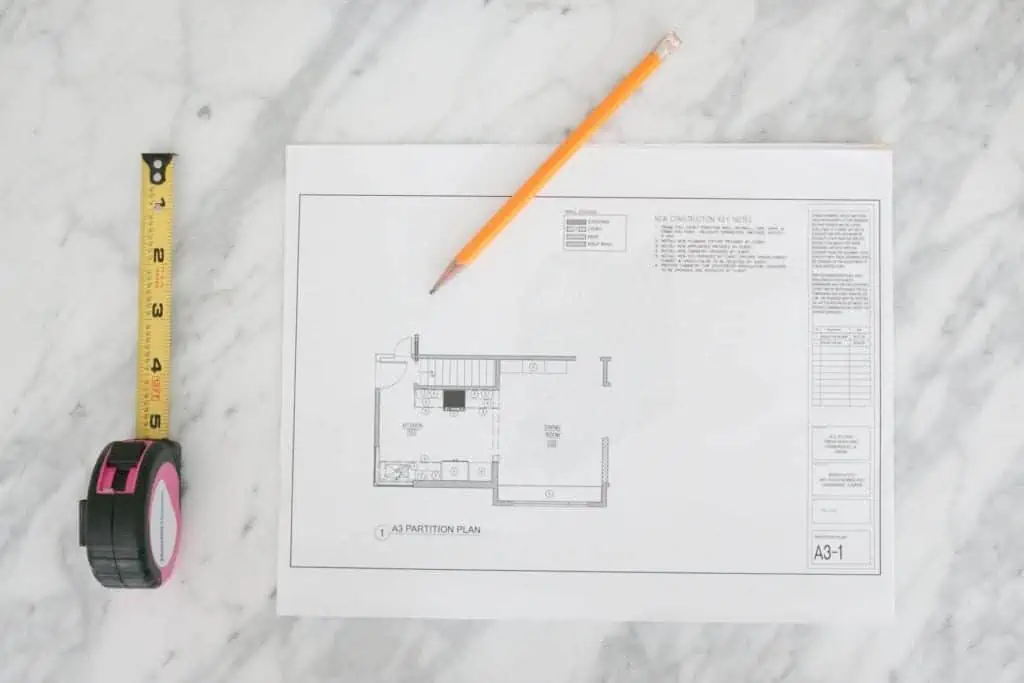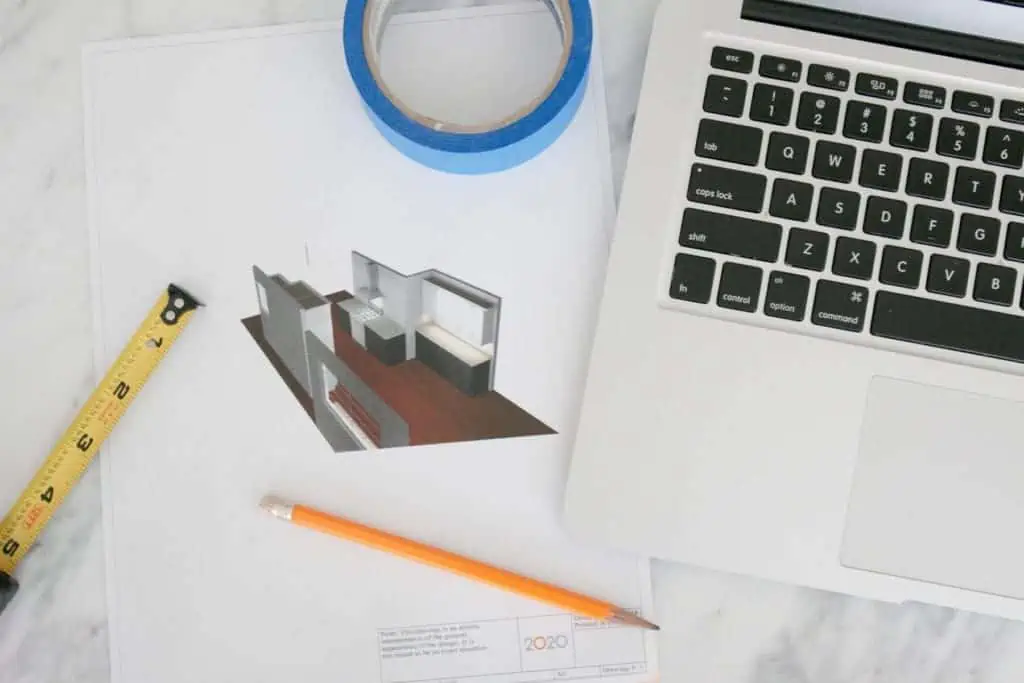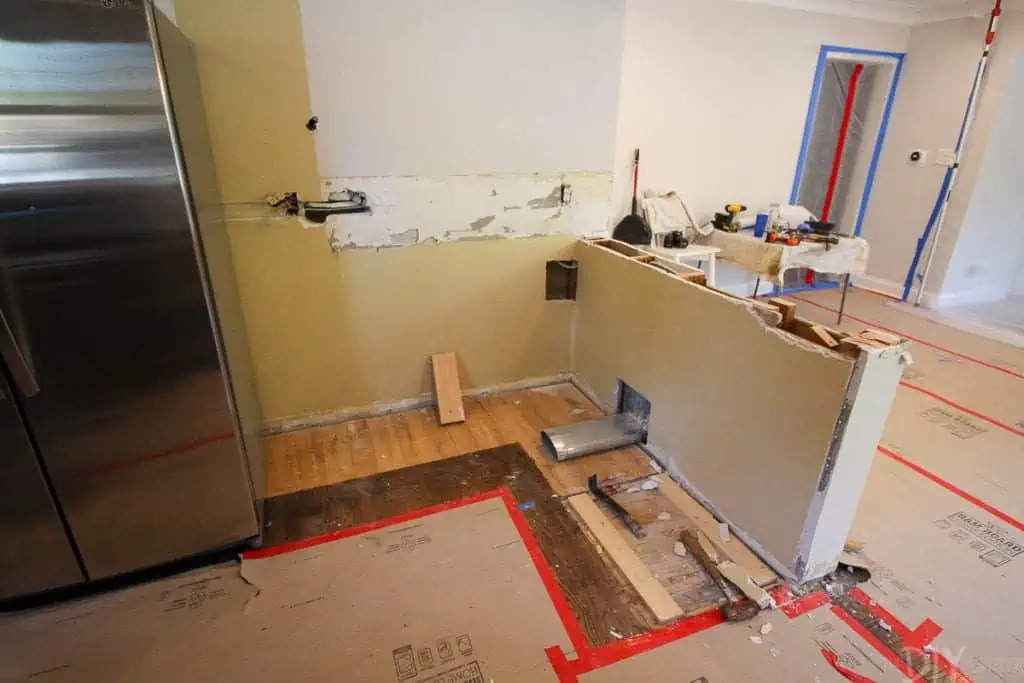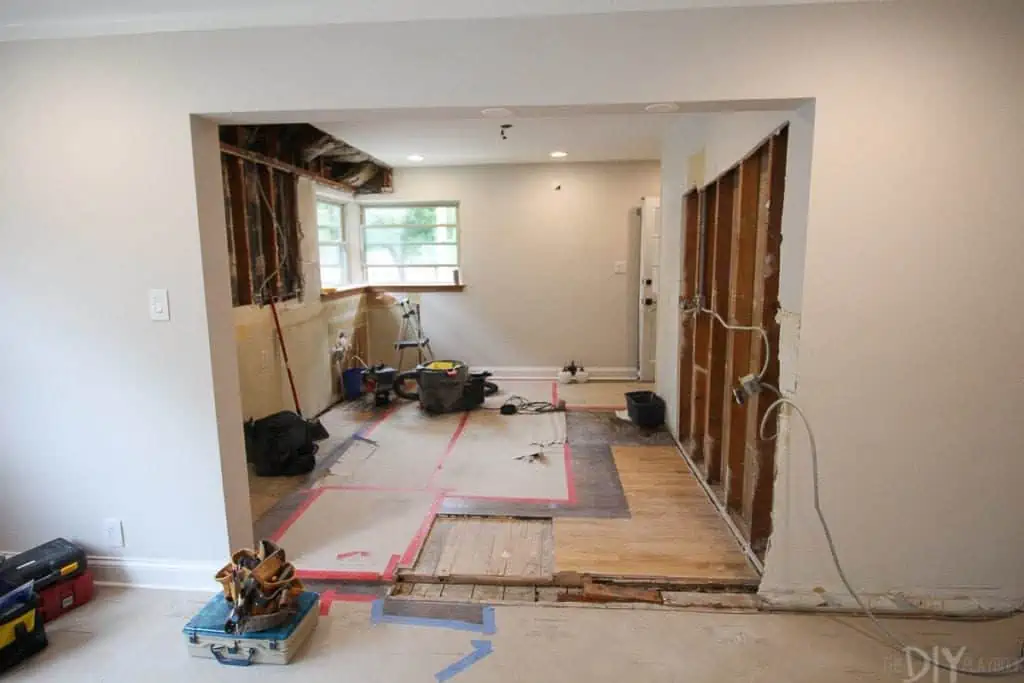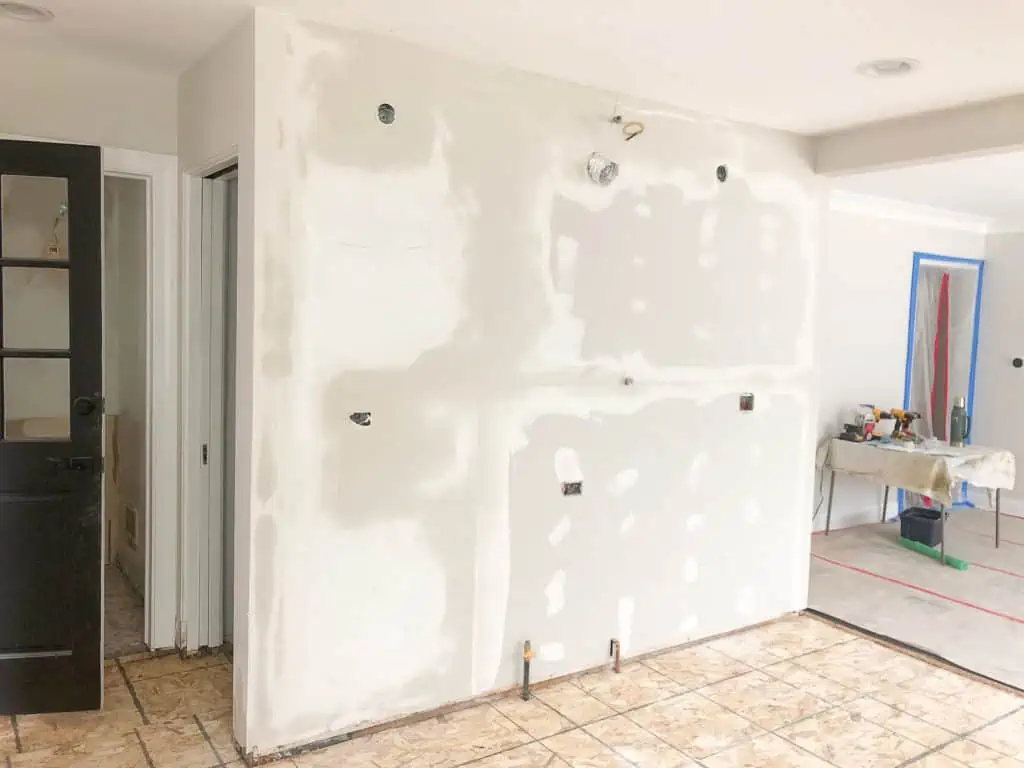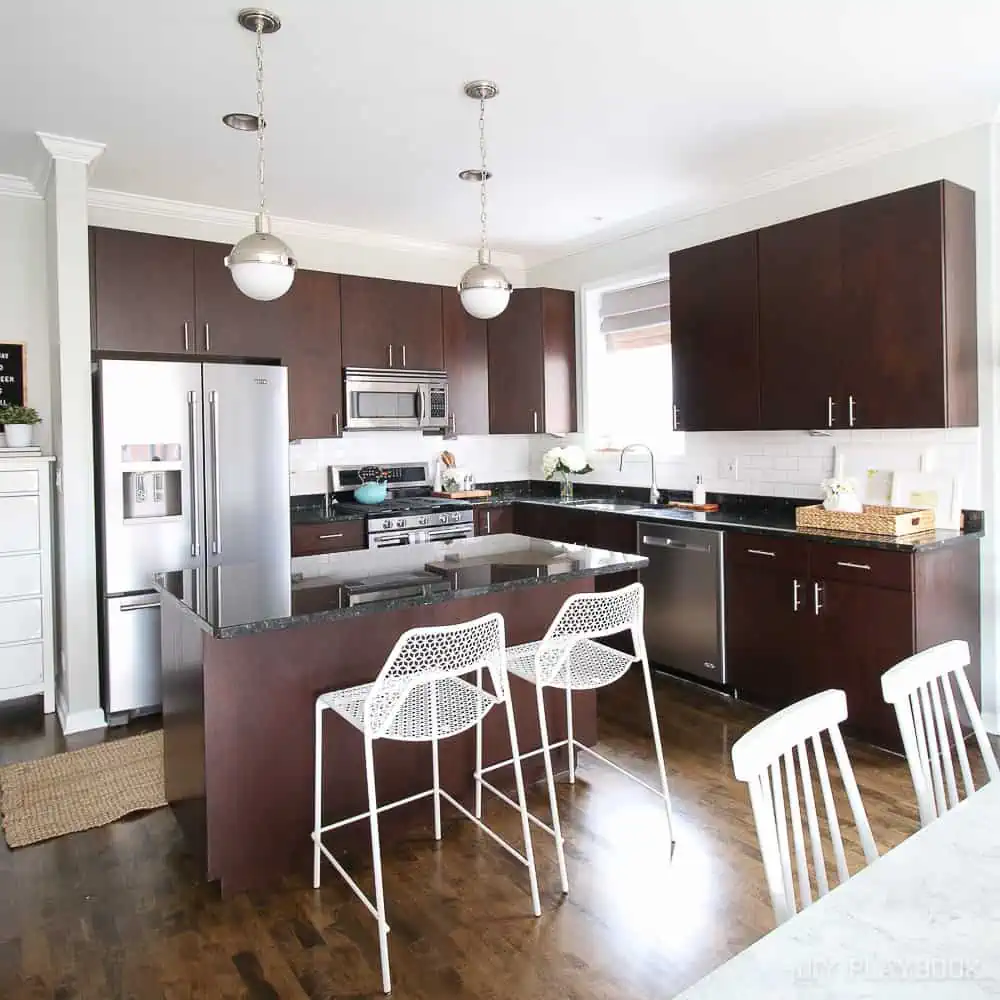Unpacking should be the best part of the entire moving process. No, really!
You’ve already coordinated all of the logistics of renting a truck and hiring Helpers, you’ve packed everything up, moved, and unloaded your rental truck. Now all that’s left to do is go through all your boxes and get everything in its place so you can enjoy your new home!
So why do some people still dread unpacking? Well, imagine sitting amongst a mountain of boxes with no clue what’s inside any of them or where everything will go. When you put it like that it does sound pretty awful! But it doesn’t have to be that way. Here are some tips on how to make the process a lot easier than you might be dreading.
First Things First: Pack Better To Make Unpacking Easier
Why is unpacking after moving so hard? Well, we all know the quote, “If you fail to plan, you plan to fail.” If you’re not prepared, it won’t go well. Proper planning before your move is the most important step to a smooth unpacking experience.
It turns out, there’s much more to packing than randomly throwing items into boxes and calling it a day. You actually can plan the unpacking process to make it easier.
“…[H]ow long does it take to unpack after moving? If you work diligently, you can unpack completely within a few days to a week, depending on how much stuff you have”
How do you make unpacking after a move easier? Here are some things you should do before moving day to prepare and make your unpacking process as smooth as possible.
1. Take photos Before You Start Packing
Before you touch anything, we want you to take out your phone and have a little home photo shoot.
Here are things you especially need photos of:
- Bookshelves
- The back of your TV
- Kitchen drawers
- Desk area
- Toolshed
We urge you to snap pics of the areas in your home that you love! We know all too well how long it can take to get a shelfie looking just the way you want it. By snapping some reference pics now, you’ll be able to replicate that look in your new home in no time.
2. Create a Number and Color-Coded System for Your Boxes
Organization is the key to how to unpack after moving. After the photo shoot, gather all your packing supplies (boxes, paper, packing tape, washi tape, scissors, markers, etc.) and start packing boxes like a pro.
Try to pack items only from one to two rooms inside every box. This will make your life much easier when it’s time to unpack later.
Got a bunch of stuff on shelves? Create a numbered system to remember where everything goes. That way it’s easier to get them unpacked and into their new permanent spots.
And we can’t forget our favorite tip of all — our color-coded box system using washi tape! You can get the full, step-by-step rundown from this post, but the short version is that you need to separate your boxes by the room, marked with bright washi tape so your movers know exactly where to deliver them. If you need an alternative, you can use colored masking tape or colored markers.
3. Make It Much Easier to Unpack Essentials
There are 7 items you’ll want to have on hand for moving day, but we also think you should create a box of moving day essentials.
Imagine the first night in your new home when you’re tearing open boxes trying to find pajamas, your toothbrush, and your medication for the night. Sounds like a disaster.
To prevent that nightmare scenario, this is what should go in your “Moving Day Box” so you don’t have to tear through your moving truck:
- A change of clothes
- Utensils
- Toiletries
- Prescriptions
- Phone charger
- Shower curtain and rod
- Towels
- Toilet paper
- Bedding
Be sure to label this box and keep it near you!
Get Help Unloading Your Rental Truck

See prices for movers by the hour—instantly.
Read real customer reviews.
Easily book your help online.
Get Help Unloading Your Rental Truck
See prices for movers by the hour—instantly.
Read real customer reviews.
Easily book your help online.
Clean The 5 Most Important Things
We know you have approximately 10,000 things to do to get your rental deposit back. But trust us, now is the time to give your new place a thorough cleaning because it’s empty. You simply put items in place rather than cleaning and unpacking at the same time. Want to know the five most essential things to clean?
- Kitchen cabinets
- The Refrigerator (and refrigerator fan)
- Bathtub and any tub jets
- Outside (and Inside) the stove
- Washing machine
Unpacking Tips
You’ve done the prep work (even the cleaning, you rockstar, you!), and now it’s time to think about how to unpack after moving. Even if you hired help for your unloading (great call), you can still do things to make unpacking time a little easier.
1. Don’t Unpack in a Dirty Room
We know you’ve got thousands of things to do to get your rental deposit back at your last home. But trust us, now is the time to give your new place a thorough cleaning because it’s empty. Want to know the five most essential things to clean?
- Kitchen cabinets
- The refrigerator (and refrigerator fan)
- Bathtub and any tub jets
- Oven and stove
- Washing machine
2. Place Your Boxes in Rooms by Color
It may sound easier to just have your Helpers pile up all of the boxes in one spot of your new place, but unpacking will be a lot easier if you follow your color-coded box system and have your unpacking help place each box in the correct room. If you followed our washi tape tip, you should have each door in your new place marked so the Helpers can easily drop the box in the right spot!
Pro Tip: Get your “Moving Day Essentials Box” opened right away so you have everything you need to make it through the next day or two.
3. Use Washi Tape to Figure Out Your Furniture Layout
As long as your movers are there, have them get your furniture in the spot where you want it! We love the idea of using painter’s tape to mark out the layout of furniture right on the floor.
Before you move (or even while your movers are bringing things in and out), go around your place and put tape on the ground to outline your furniture. That way, the movers will know exactly which wall to put your bed on and where that long dresser goes. You can always move things later on, but getting items in the correct space will make your life a lot easier in the coming days.
4. Unpack Only One Room at a Time
While unpacking, it’s easy to feel like you’re climbing an endless mountain. But instead of hopping from space to space, we suggest tackling your rooms in order of importance. Don’t move onto another space until the one you’re on is done, and keep a steady pace. Checking rooms off your list will be satisfying and motivating.
The kitchen, bedrooms, and kids’ rooms should be high on the priority list, while the guest room and garage may not need TLC right away. Also, make sure you have furniture where you can sit and/or eat and appliances set up before you get too carried away going through boxes.
Did you remember to clean your counters? You’ll also want to have spots to put your items as you whip them out of the boxes, so having counter space, cabinets, shelves, and dressers ready to go is a must!
See prices for local moving labor. Read real customer reviews. Easily book your help online.
5. Unpack the Bathrooms and Bedrooms First
Here’s a vital unpacking tip: Moving day will be exhausting, so if you’re going to unpack anything immediately, make sure it’s your bed and bedding. Once your movers get the mattress into place, find the sheets, comforter, and pillow and make your bed. If you have kids, do theirs too. Having a comfy spot to sleep at the end of a long day will feel amazing!
Unpack your bathroom boxes, too. That way you’ll have all of the toiletries and medications on hand for the night and morning. A fresh shower after a long day of moving will be heavenly, trust us!
6. Save the Kitchen for Tomorrow
When strategizing how to unpack after moving, remember that the kitchen is the most time-intensive room to unpack, due to the amount of tiny and heavy items, so don’t unpack it on moving day.
You might want to take a few appliances out (like the coffee maker or blender if you’re into smoothies for breakfast), and enough dishware to eat a few meals, but the rest of it can be saved until the morning after your moving day.
7. Avoid Distractions
While a playlist of music or a podcast to keep you energized as you unpack might be a good idea, you probably shouldn’t get your TV set up and turned on right away. You may find yourself sitting on the couch to watch a movie instead of unpacking.
But are there other distractions to watch out for besides the temptation of entertainment? A few! You’ll want to make a plan for your pets when you’re moving and unpacking, so they don’t get underfoot, and the same goes for kids. Have a plan to keep them occupied or if you can, drop them off at grandma’s house so you have uninterrupted time to unpack.
So how long does it take to unpack after moving? If you work diligently, you can unpack completely within a few days to a week, depending on how much stuff you have. It’s all about keeping the distractions to a minimum so you can devote enough hours to get your house in tip-top shape.
8. Break Down Boxes as You Go, in Real Time
As you figure out how to unpack after moving, it may be easy to just throw empty ones in a big corner. But trust us, that pile will quickly get out of control and soon you won’t be able to walk around your house without an empty box tumbling down on you.
“…you need to separate your boxes by the room, marked with bright washi tape so your movers know exactly where to deliver them. If you need an alternative, you can use colored masking tape or colored markers.”
Take one box and make it the designated paper box. As you unpack boxes, crumple up the packing paper and shove it into that box. Then, be sure to break down boxes as you unpack. You’ll want to have a utility knife on hand so you can do this quickly.
9. Don’t Unpack More Than You Have To
There may be some boxes that don’t actually need to be unpacked (we’re looking at you, Christmas decorations!). Make a large pile of items that may be heading to storage or the garage. Then be sure to get those items to that space asap to clear out some space.
What To Do After Unpacking
You’ve made it! You survived moving day and every box in your place is unpacked. You should be feeling pretty darn good about yourself right about now, but the fun isn’t over just yet. There are still a couple important things needed before you can truly settle in.
First, let’s deal with those leftover boxes. If you’ll be moving again soon, then you should hang onto some of the boxes that are still in good condition. Organize your boxes and find a spot to neatly tuck them away. If not, consider turning them into fun projects — like the following:
- Holiday Cardboard Hacks
- Halloween Costumes Made from Cardboard
- Cardboard Box Hacks for Kids
- More Genius Halloween Costumes
But if crafting isn’t your thing, this searchable database will let you know the closest place to recycle anything (including moving boxes!). Just be sure to set a deadline for yourself to get those moving boxes out of your new place, so they don’t stay piled in the garage forever.
Similar to the unpacking process, a helpful approach is to focus on one room at a time. Spend half an hour or so every day on small organizational tasks, like getting your desk set up in your home office, organizing the bookshelves to your preference, or hanging up posters and artwork. Breaking it up makes the process manageable and feel less overwhelming.
If you’re still not thrilled at the thought of doing all of this yourself, no worries. Some movers also offer packing and unpacking help for an extra fee. But hopefully you’re feeling a lot less dreadful and considerably more confident with all these unpacking tips in mind.

